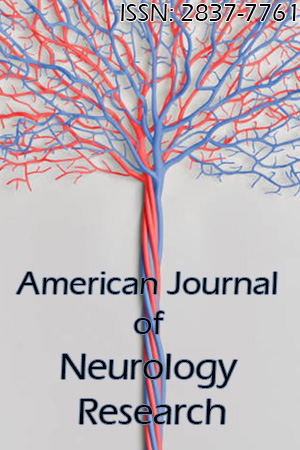Epidemiological and Progressive Aspects of Childhood Absence Epilepsy (EAE)
Emmanuel Yangatimb, Caprice Vivien Ndouelle, Josué Pierre Kinima
Introduction: Childhood absence epilepsy is an epileptic syndrome described as generalized, frequent, of presumed genetic cause, characterized by the occurrence of typical absences. Childhood absence epilepsy generally affects healthy school-age children and is the most common form of pediatric epilepsy. In the majority of cases, it responds well to treatment with Ethosuximide, disappearing well before puberty in the majority of cases without after-effects, even if some cognitive disorders have been found in certain children. The objective of this study is to describe the epidemiological and progressive aspects of childhood absence epilepsy (EAE).
Patients and Methods: Retrospective study covering the files of children suffering from absence epilepsy and followed between 2012-2022 at the Pikine health center in Dakar, Senegal.
Results: Our study population consisted mainly of children aged 5 to 22 years. The average age was 13.06 years. The proportion of girls was in the majority (87.5%) compared to 12.5% for boys with a sex ratio of 7 in favor of girls and a frequency of 1.83%. The age of onset of the disease was 8.62 years with extremes ranging from 5 to 12 years. The average age at the first consultation was 8 years. Twelve (12) patients (75%) had no personal history while only one patient (6.2%) had a family history. CGTCs were found in 4 patients (25%). The neurological examination was normal in all our patients, the majority of whom came from Pikine (62.5%) and only 8 patients (50%) had consulted in the first two years. The others had consulted more than 5 years after the start of their attacks. In our series, two cases of dropout were found, i.e. 12.5%. The neurological examination was normal in all our patients. The EEG was characteristic in most cases with bilateral synchronous and symmetrical PO complex discharges rhythmic at 3Hz. Seven (7) children had a brain CT scan which came back normal. The response to treatment is good without side effects in 56.3% of cases. This response was clear for patients who were on VPA.
Conclusion: The diagnosis of absence epilepsy in children is essentially clinical and electrophysiological. It would be important to initiate appropriate treatment as early as possible and to listen to parents in order to detect possible psychosocial difficulties linked to the disease itself or to the treatment.

